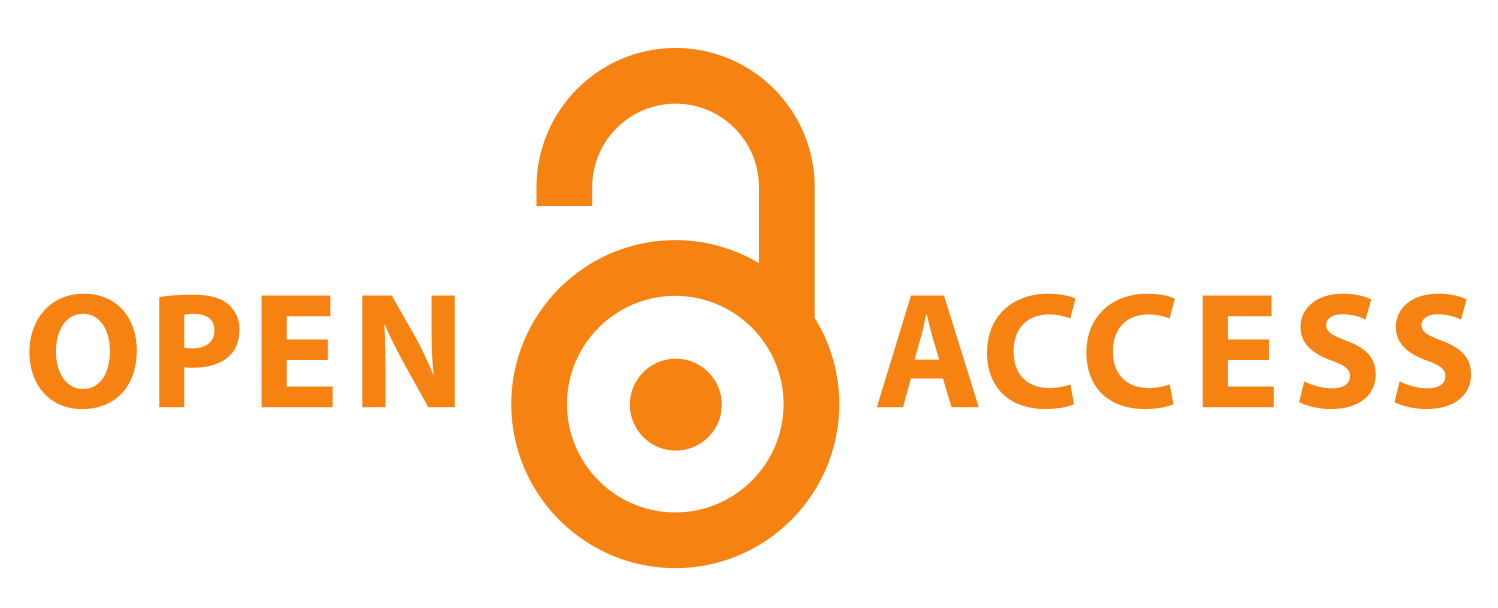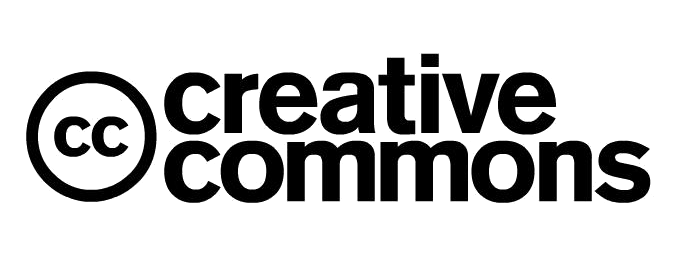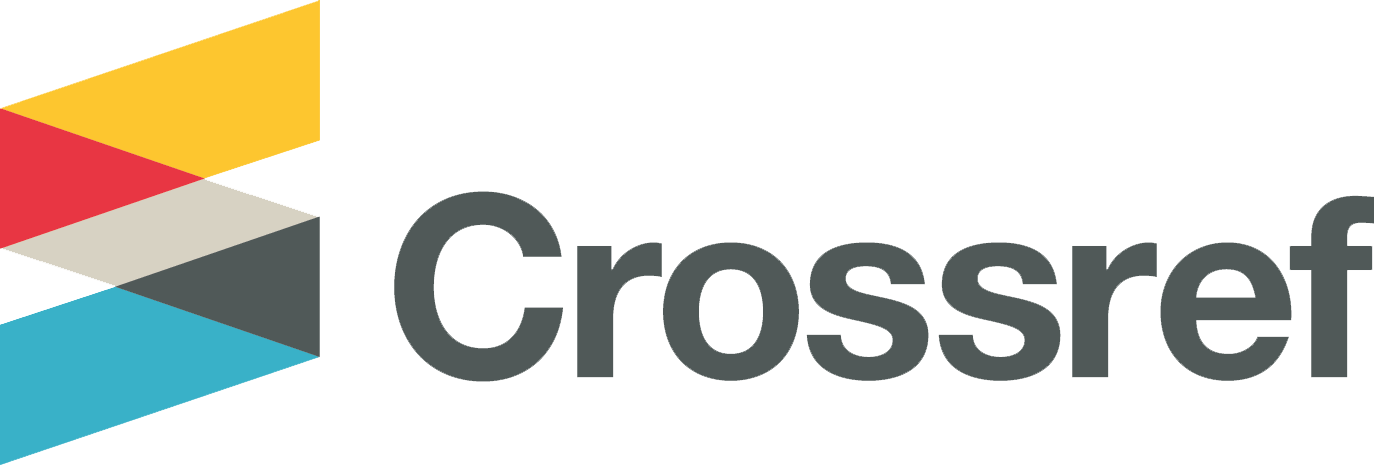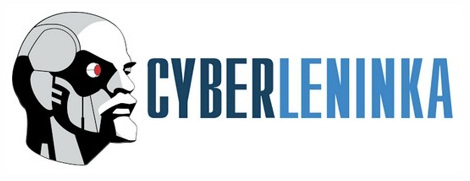New record of Collita coreana (Leech, [1889]) (Erebidae: Arctiinae) from Russia
DOI:
https://doi.org/10.33910/2686-9519-2022-14-3-413-416Keywords:
Lithosiini, Eilema group, biodiversity, Russian Far East, AnisimovkaAbstract
This article discusses the new record of Collita coreana (Leech, [1889]) in the surroundings of the Anisimovka village (Primorsky Krai, Russia). All previously known records of C. coreana were collected in three different locations. Thus, our record of this species is the third for Russia, and the fourth in total. Previously, C. coreana was found on Kedrovaya Pad Nature Reserve in 1968. This species is rare, and it is likely to be under the threat of extinction, therefore, we consider that C. coreana have to be included into the Red Data Book of the Russian Federation.
References
ЛИТЕРАТУРА
Дубатолов, В. В. (2014a) Дальневосточные лишайницы группы Eilema sensu lato (Lepidoptera, Arctiidae: Lithosiinae) из коллекции Зоологического института, Санкт-Петербург. Амурский зоологический журнал, т. VI, № 3, с. 276–281.
Дубатолов, В. В. (2014b) Collita coreana (Leech, [1889] 1888). Лишайницы (Arctiidae, Lithosiinae) России и сопредельных стран. Version on July, 12, 2014. [Электронный ресурс]. URL: http://szmn.eco.nsc.ru/Lithosiinae/Collita_coreana.htm (дата обращения 07.04.2021).
Bayarsaikhan, U., Ju, Y.-D., Bae, Y.-S. (2016) Review of the Eilema group of lichen moths from South Korea, with description of one new species (Lepidoptera: Erebidae: Arctiinae: Lithosiini). Journal of Forestry Research, vol. 27, no. 2, pp. 407–417. http://dx.doi.org/10.1007/s11676-015-0207-9
Dubatolov, V. V., Tshistjakov, Yu. A., Viidalepp, J. (1993) A list of the Lithosiinae of the territory of the former USSR (Lepidoptera, Arctiidae). Atalanta, vol. 24, no. 1/2, pp. 165–175.
Ignatyev, N. N., Witt, Th. (2007) A review of Eilema Hübner, 1819 of Russia and adjacent territories. Part 1. The Eilema griseola (Hübner, 1803) species group (Arctiidae: Lithosiinae). Nota Lepidopterologica, vol. 30, no. 1, pp. 25–43.
Leech, J. H. (1888) On the Lepidoptera of Japan and Corea. Part II: Heterocera, Sect. I. Proceedings of the Scientific Meetings of the Zoological Society of London, vol. 1888, pp. 580–655.
REFERENCES
Bayarsaikhan, U., Ju, Y.-D., Bae, Y.-S. (2016) Review of the Eilema group of lichen moths from South Korea, with description of one new species (Lepidoptera: Erebidae: Arctiinae: Lithosiini). Journal of Forestry Research, vol. 27, no. 2, pp. 407–417. http://dx.doi.org/10.1007/s11676-015-0207-9 (In English)
Dubatolov, V. V. (2014a) Dal’nevostochnye lishajnitsy gruppy Eilema sensu lato (Lepidoptera, Arctiidae: Lithosiinae) iz kollektsii Zoologicheskogo instituta, Sankt-Peterburg [Far Eastern lichen-moths from the group Eilema sensu lato (Lepidoptera, Arctiidae: Lithosiinae) in the collection of Zoological Institute, St.-Petersburg]. Amurskij zoologicheskij zhurnal — Amurian Zoological Journal, vol. VI, no. 3, pp. 276–281. (In Russian)
Dubatolov, V. V. (2014b) Collita coreana (Leech, [1889] 1888). Lishajnitsy (Arctiidae, Lithosiinae) Rossii i sopredel’nykh stran. Version on July, 12, 2014. [Online]. Available at: http://szmn.eco.nsc.ru/Lithosiinae/Collita_coreana.htm (accessed 07.04.2021). (In Russian)
Dubatolov, V. V., Tshistjakov, Yu. A., Viidalepp, J. (1993) A list of the Lithosiinae of the territory of the former USSR (Lepidoptera, Arctiidae). Atalanta, vol. 24, no. 1/2, pp. 165–175. (In English)
Ignatyev, N. N., Witt, Th. (2007) A review of Eilema Hübner, 1819 of Russia and adjacent territories. Part 1. The Eilema griseola (Hübner, 1803) species group (Arctiidae: Lithosiinae). Nota Lepidopterologica, vol. 30, no. 1, pp. 25–43. (In English)
Leech, J. H. (1888) On the Lepidoptera of Japan and Corea. Part II: Heterocera, Sect. I. Proceedings of the Scientific Meetings of the Zoological Society of London, vol. 1888, pp. 580–655. (In English)
Downloads
Published
Issue
Section
License
Copyright (c) 2022 Vitaly M. Spitsyn, Elizaveta A. Spitsyna

This work is licensed under a Creative Commons Attribution-NonCommercial 4.0 International License.
The work is provided under the terms of the Public Offer and of Creative Commons public license Creative Commons Attribution 4.0 International (CC BY 4.0).
This license permits an unlimited number of users to copy and redistribute the material in any medium or format, and to remix, transform, and build upon the material for any purpose, including commercial use.
This license retains copyright for the authors but allows others to freely distribute, use, and adapt the work, on the mandatory condition that appropriate credit is given. Users must provide a correct link to the original publication in our journal, cite the authors' names, and indicate if any changes were made.
Copyright remains with the authors. The CC BY 4.0 license does not transfer rights to third parties but rather grants users prior permission for use, provided the attribution condition is met. Any use of the work will be governed by the terms of this license.







